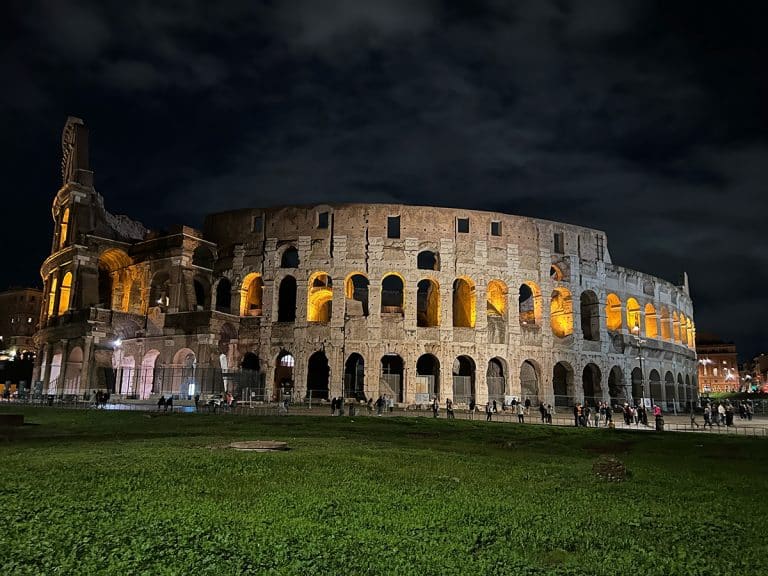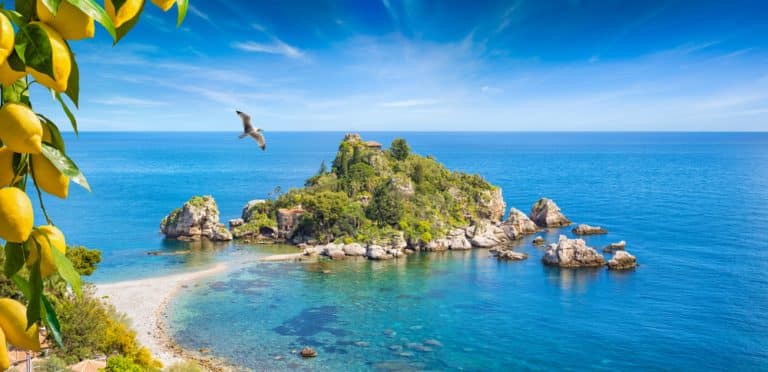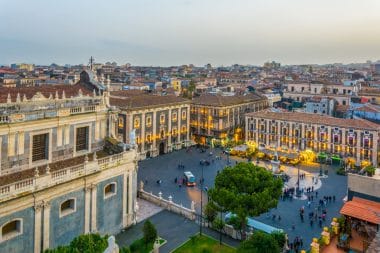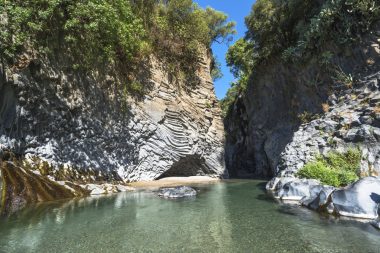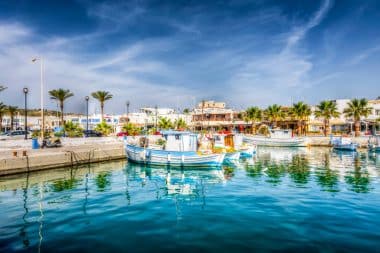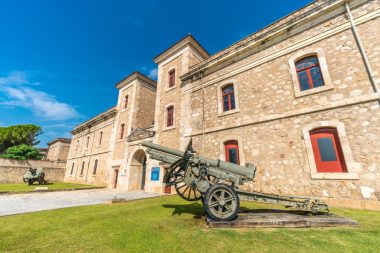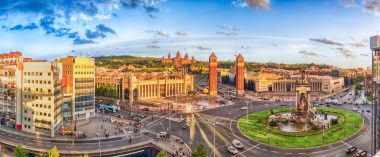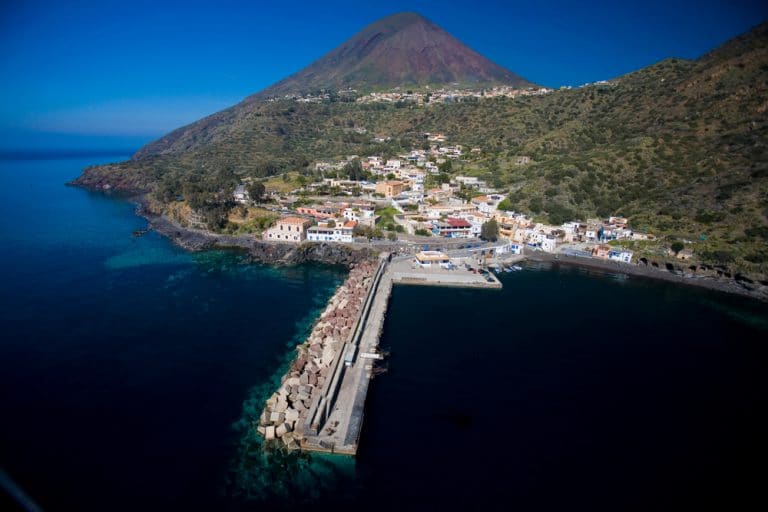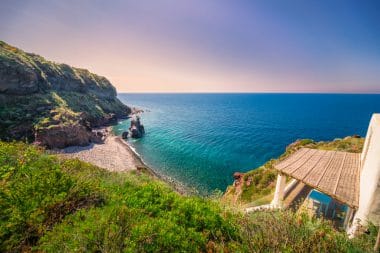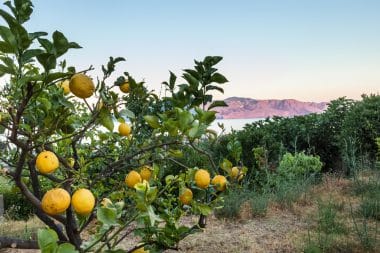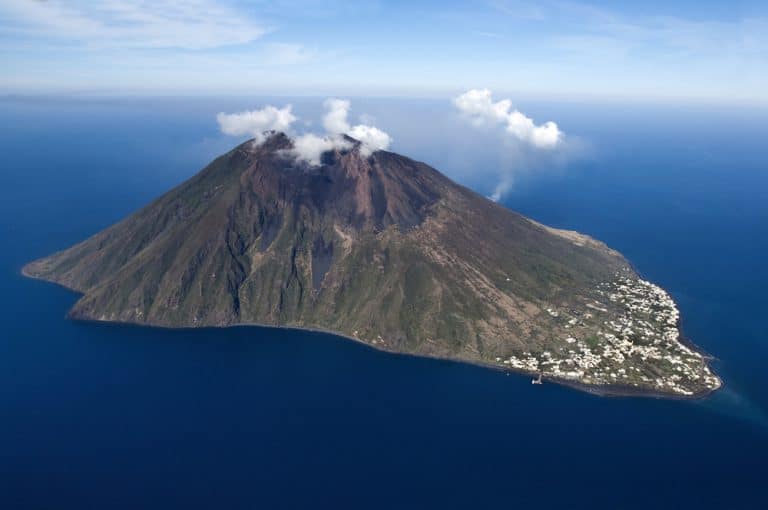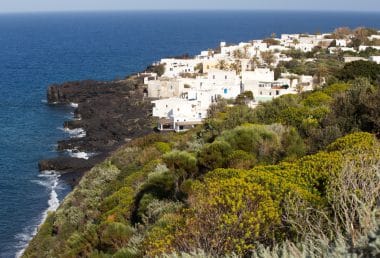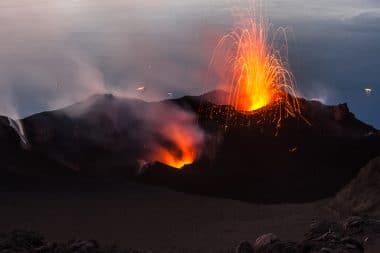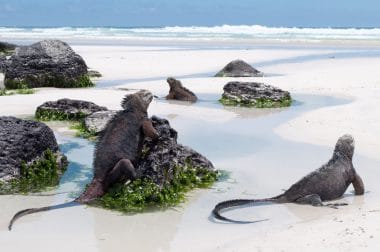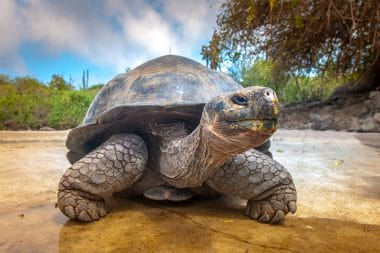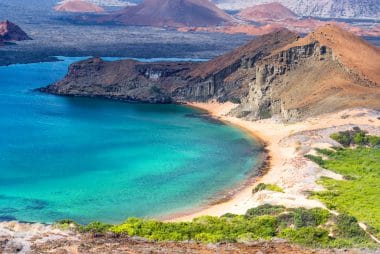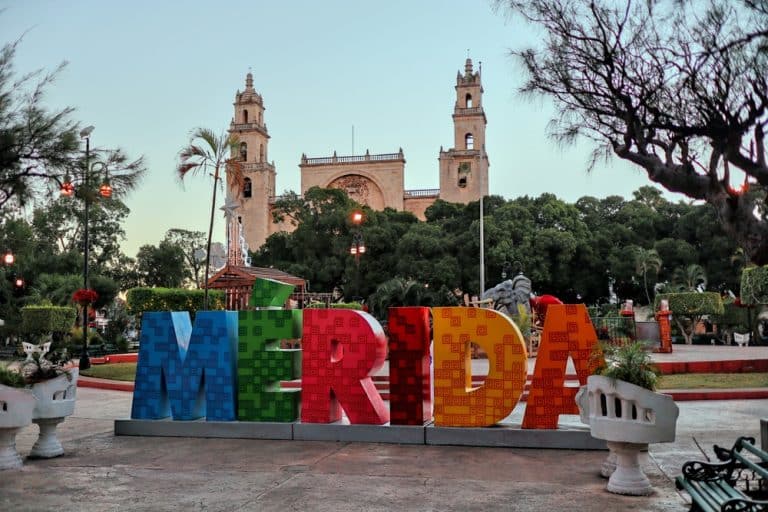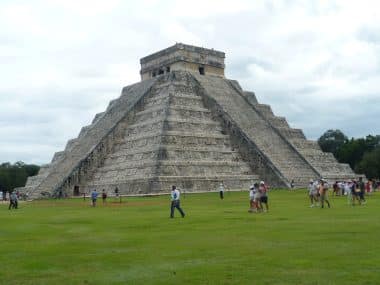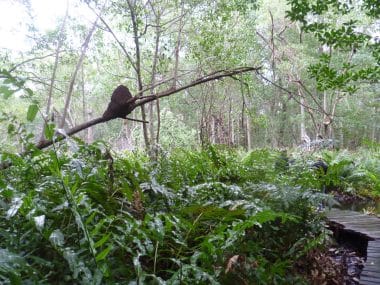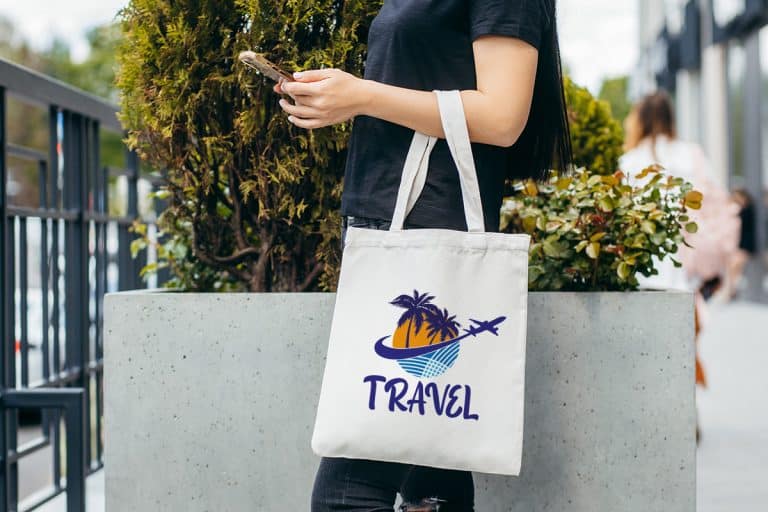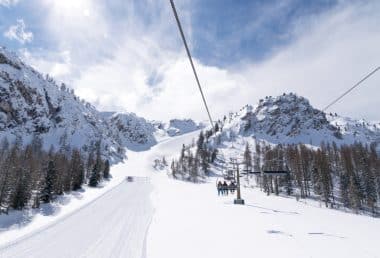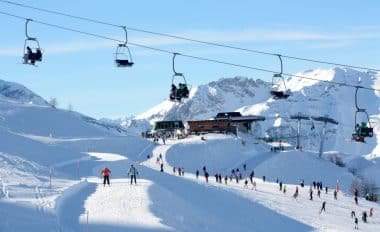World-famous museums, ancient sites and imposing buildings: the list of worthwhile sights in Italy is long. But which are the attractions that tourists visit most often? We have made a list of the ten most popular attractions in Italy.
1st place: The Colosseum in Rome
As the capital of Italy, Rome is worth a trip in itself and offers a wealth of sights. The Spanish Steps and Castel Sant’Angelo are just two of them. By far the most tourists, however, go to the Colosseum in Rome, which is the largest enclosed building in Roman antiquity, which is excellently preserved. Today, the Colosseum is not only the landmark of Rome, but of all of Italy and is simply a top sight on a holiday in the country. You should definitely join a guided tour to learn more about the history and especially the spectacular gladiator fights.
Rank 2: The Leaning Tower of Pisa

The Leaning Tower of Pisa, which is 56 meters high in total, is the second major attraction in Italy. Shortly after its construction in the 12th century, the tower began to tilt. Today, the slope is about four degrees, which is impressive. The Leaning Tower of Pisa is one of the most famous photo motifs in Tuscany. As for most sights in Italy, the same applies to the tower: Tickets for the ascent are best bought online before the visit. In this way, you can avoid the sometimes very long waiting times on site.
Rank 3: St. Peter’s Basilica
If you are planning a visit to the world-famous Colosseum, you should not miss St. Peter’s Basilica. This is also located in Rome, so that both buildings can be combined well. Located in St. Peter’s Square in Rome, it is one of the most important churches in the world and is a popular pilgrimage site. Above all, its size is impressive: St. Peter’s Basilica can accommodate up to 2,000 people.
4th place: The Trevi Fountain

The Trevi Fountain is another attraction in Rome, and if you look at its visitor numbers, it is also one of the most visited sights in Italy. No wonder, because it is considered the most famous fountain in the world. You should not miss throwing a coin into the fountain, because then you will surely come back to Rome, according to legend. If you throw two coins into the fountain, you will fall in love in the near future. The Trevi Fountain is a whole 50 meters wide and with the figures of Neptune and many other well-known Roman gods a popular photo motif.
Rank 5: The Arena of Verona
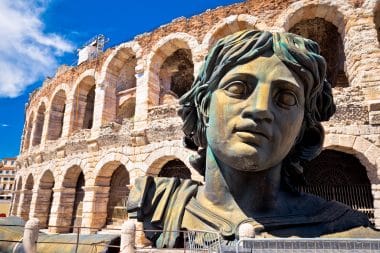
Much like the Colosseum in Rome, the Verona Arena was built for gladiatorial fights. The arena is not quite as big as the Colosseum, but it is still worth a visit. The reason: The amphitheater in Verona is excellently preserved and is still used today for the performance of open-air plays. An opera performance at the Verona Arena is an unforgettable experience!
Rank 6: Lake Garda
Lake Garda is the largest lake in Italy and, because of its mild climate, it is the perfect destination for many tourists. But the picturesque landscape is of course also a reason why so many holidaymakers are drawn to Lake Garda every year. Lake Garda is framed by the imposing peaks of the Alps, which is an excellent photo opportunity. Whether it’s a leisurely beach holiday or active leisure fun: Lake Garda offers something for every taste.
Rank 7: St. Mark’s Square in Venice

After Rome, Venice is the city that most tourists choose for a holiday. The central square from which you can start a sightseeing tour is St. Mark’s Square. Known primarily for its numerous pigeons, you can discover many other attractions on it. These include the world-famous Doge’s Palace as well as St. Mark’s Basilica. This is the most important church in the city and definitely worth a visit. The 175-meter-long and 82-meter-wide St. Mark’s Square is best visited in the evening hours, because then the atmosphere is particularly beautiful.
Rank 8: The Cathedral of Milan

The Milan Cathedral, which took almost six centuries to build and in which Napoleon Bonaparte played a major role, is another top highlight in Italy. You should definitely go to the cathedral terraces here, because the view from here of the fashion metropolis of Milan is incomparable. But even if you don’t want to make the climb, you’ll find beautiful photo opportunities: Equipped with plenty of marble and towers, Milan Cathedral is majestic to look at.
Rank 9: The Amalfi Coast
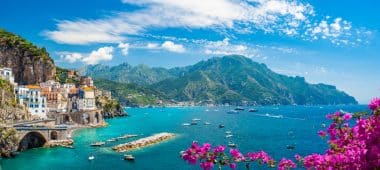
In the southwest of Italy is the beautiful Amalfi Coast. When driving on one of the most popular coastal roads in Europe, you have a fantastic view of the Mediterranean Sea from everywhere. Not to forget the numerous small villages, some of which are picturesquely built into the mountain. Is it any wonder that the Amalfi Coast has been declared a World Heritage Site by UNESCO?
Rank 10: The Cathedral of Florence
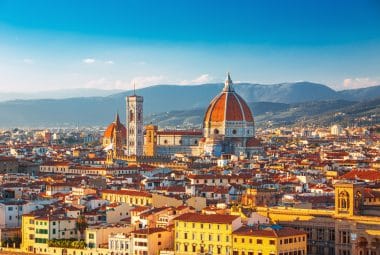
If you are interested in imposing buildings, you should also pay a visit to the cathedral in Florence. This Renaissance masterpiece is an incredible 107 meters high. This makes it one of the largest churches in the world. You have a great view over Florence from the church dome. However, you first have to climb 463 steps to get there.


